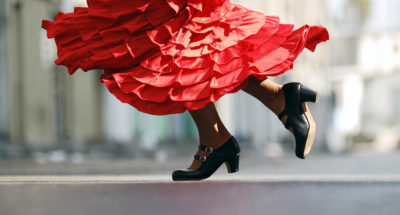
The World is a Dance
Students try dance steps from another culture, and compare similarities and differences with movement that is more familiar.

Students try dance steps from another culture, and compare similarities and differences with movement that is more familiar.
Students will:
Social Awareness
What experiences have you had in traveling and learning about other places and cultures? How has that enriched your life? You may also take a moment to familiarize yourself with the dance steps in the video.
EduMotion: SEL Journeys is a digital learning platform that integrates lessons on diversity, empathy and kindness with movement activities inspired by dances from around the world. EduMotion’s evidence-based curriculum has been used for more than a decade as a strategy to help students develop peer relationships and explore what it means to be a global citizen. Educators can get started by signing up for free dance-of-the-month content and SEL resources on edumotion.com
Were students able to recognize similarities and differences in different styles of dance? Has the climate in the classroom shifted, and how? What could you do to build upon this experience next time?
In a study of a diverse Kindergarten class, researchers found that learning cultural dance provided a means for students to become aware of similarities and differences, e.g., skin color and housing, between cultures, including their own. They also discussed the feelings expressed by dancers from another culture, and grew in their cultural understanding and respect.
The world is growing smaller and divisions between humans are disappearing rapidly. As a result, our schools, workforce, and communities are becoming more diverse, encouraging us to reach out to one another in friendship and understanding.
Studying and practicing dance forms that originate in other parts of the world can serve as a fun and motivating way for students to gain an understanding of the history, identities, and values of others. In addition, the universality of dance helps them to cultivate a positive view of humans, creating a world in which both our similarities and differences are valued.

Do you want to dive deeper into the science behind our GGIE practices? Enroll in one of our online courses for educators!
Comments